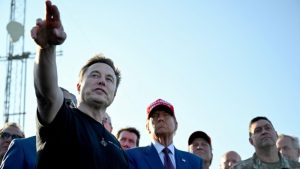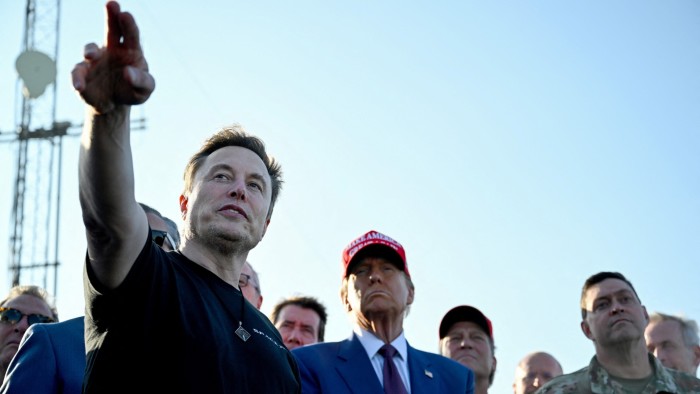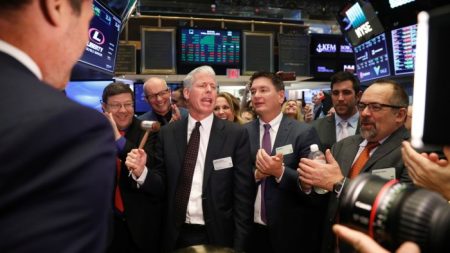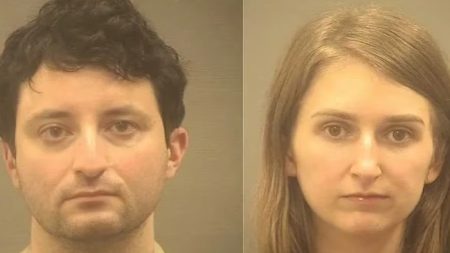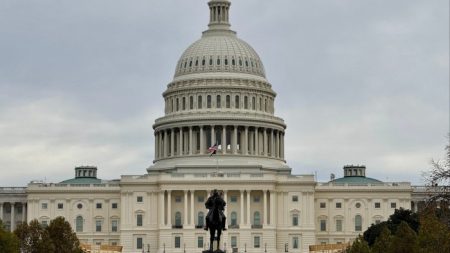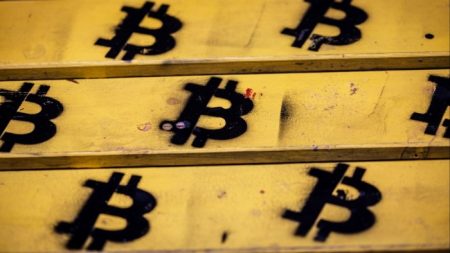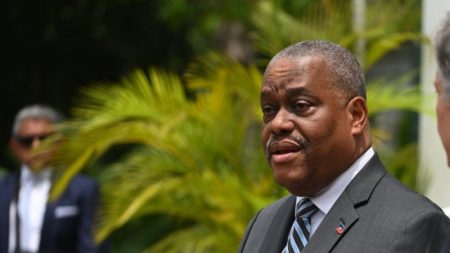Unlock the White House Watch newsletter for free
Your guide to what the 2024 US election means for Washington and the world
A test launch of SpaceX’s megarocket failed to perform as planned on Tuesday, as president-elect Donald Trump looked on, with flight directors abandoning an effort to catch the vehicle’s reusable booster just minutes into the mission in a setback for SpaceX owner Elon Musk.
Trump had travelled to Brownsville, Texas, to witness the sixth test of the unmanned Starship, the largest and most powerful rocket ever built. The vehicle is a crucial part of the US’s plan to put humans back on the Moon and Musk’s ambition to colonise Mars.
SpaceX had hoped to repeat the technical breakthrough first achieved last month, catching the “Super Heavy” booster stage of the 397-foot (121-metre) rocket with mechanical arms known as “chopsticks” on the same pad it was launched from. Musk had said earlier in the day that one of the objectives was a “Faster/harder booster catch”.
However, just four minutes into the flight, one of the mission directors gave the order “booster offshore divert” after as-yet unspecified criteria were not met for the attempt.
“Unfortunately a no go for the catch,” SpaceX engineer Kate Tice said on the live broadcast on social media platform X. “It was pretty epic on attempt one, but the safety of the teams and the public and the pad itself are paramount . . . So we are accepting compromises.”
The rocket took flight as expected and entered orbit, with the upper stage travelling through space and reigniting its Raptor engines. The unmanned spacecraft atop the rocket completed a loop around the Earth before descending and crashing into the Indian Ocean. Instead of returning to the pad, the lower-stage booster performed a controlled landing in the Gulf of Mexico, exploding as it made contact with the surface of the water.
While still a partially successful mission, the failure to grab the booster was chastening for Musk, who had invited Trump to see the feat after he had repeatedly marvelled at the prior attempt during election rallies. He called Musk a “super-genius” and said the arms caught the rocket “just like you hold your little baby at night”.
After donating more than a $100mn to Trump’s campaign, Musk has become one of the most influential figures in his transition team, exerting influence over cabinet and regulatory appointments. Trump named the billionaire as co-head of the newly created Department of Government Efficiency, or Doge, with a remit to dramatically slash the size of the federal bureaucracy.
The success of the “return and catch” in October marked a momentous technical breakthrough by SpaceX, which has sought to slash the cost of space exploration by retaining and reusing boosters that would previously have exploded. A single Starship flight costs $100mn, Morgan Stanley has estimated, but the company hopes this will fall to $50mn over time.
Musk said last month’s achievement was a “big step towards making life multiplanetary”.
SpaceX is preparing for a manned orbit of the Moon in 2025 and a Moon landing in 2026.
Read the full article here



